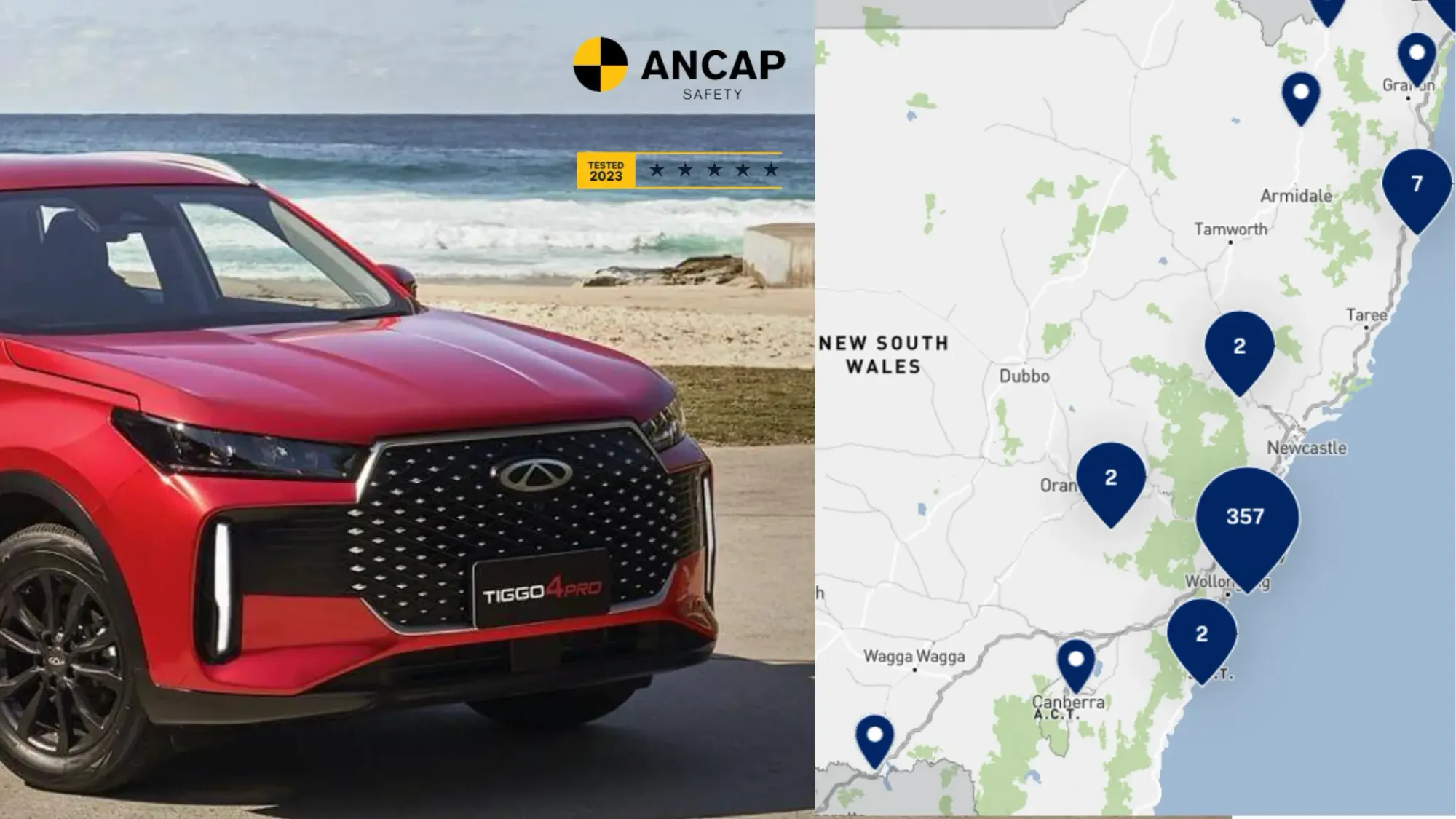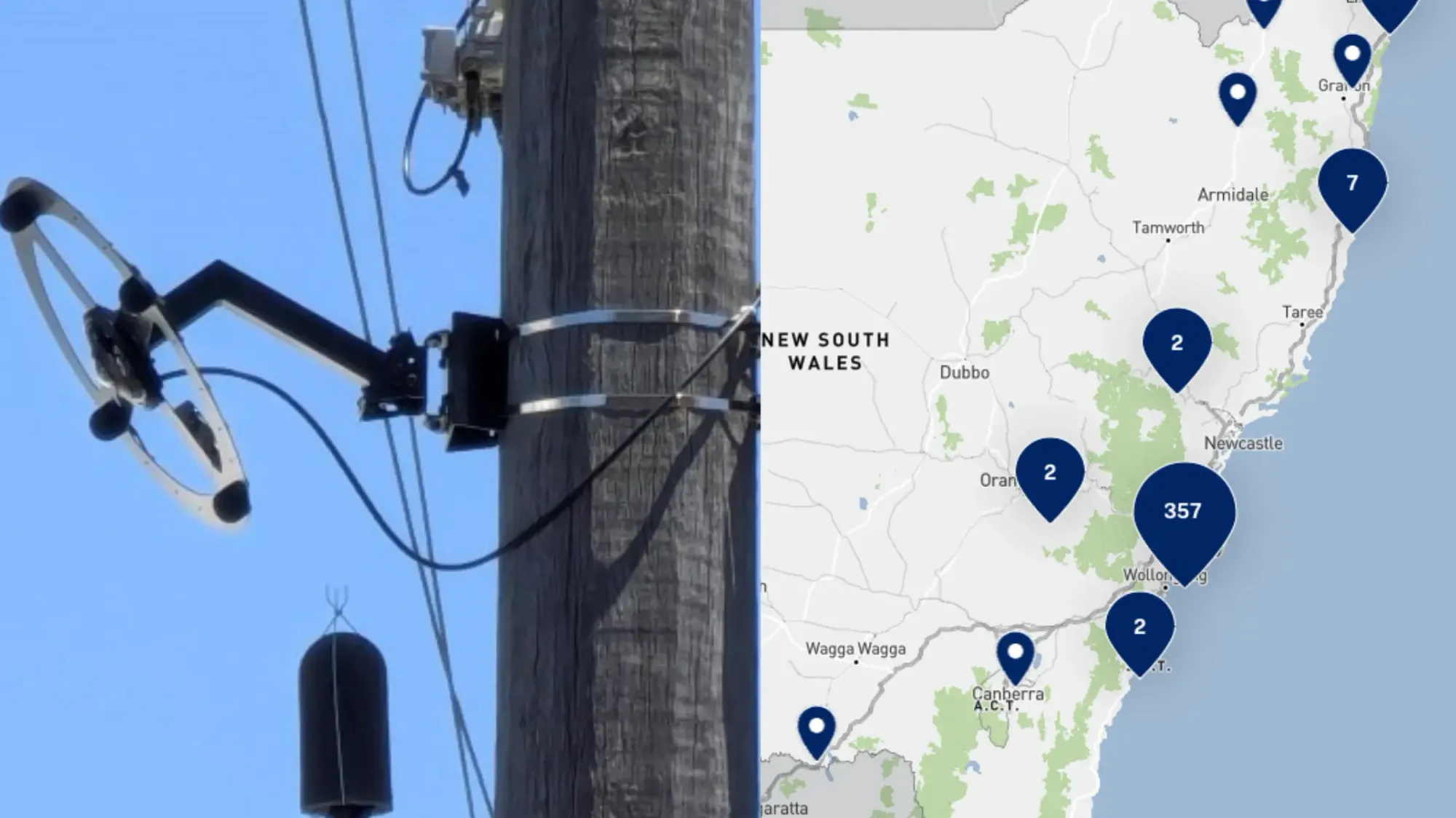Australia has implemented its first federal emissions standard for vehicles, the New Vehicle Efficiency Standard (NVES), which came into effect on January 1, 2025. This new policy aims to reduce the carbon footprint of the Australian car market by imposing emissions targets on vehicle manufacturers.

- Applies to all new passenger and light commercial vehicles under 4.5 tonnes
- Sets CO2 emission targets for manufacturers, with penalties for exceeding limits
- Divides vehicles into two types: Type 1 (passenger cars and SUVs) and Type 2 (light commercial vehicles and heavy-duty SUVs)
- Emission targets become progressively stricter from 2025 to 2029
Potential Impact on Consumers
While the NVES primarily targets manufacturers, it may affect car buyers in several ways:
- Possible price increases if manufacturers pass on penalties to consumers
- Potential shift in vehicle availability as makers adjust their lineups
- Increased focus on low-emission and electric vehicles
- No direct impact on used car market, but possible indirect effects
Misconceptions Clarified
- The NVES is not a "ute tax" or direct tax on consumers
- It does not force individuals to buy new, low-emission vehicles
- Fuel prices will not be directly affected by the legislation
Manufacturer Responses
- Some manufacturers, like Isuzu, have expressed concerns about potential market impacts
- Toyota Australia has indicated that price increases would be a last resort
- Manufacturers may opt to offset high-emission vehicle sales with more efficient models
Political Landscape
- The legislation is set to remain in place regardless of potential government changes
- Future governments could adjust fines or weight ratings, but cannot make 2025-2029 targets less stringent
The introduction of the NVES marks a significant shift in Australia's automotive landscape, aiming to drive the market towards more fuel-efficient and environmentally friendly vehicles.

While the full impact on consumers remains to be seen, it's clear that this policy will shape the future of car buying in Australia. As manufacturers adapt to these new standards, buyers may find themselves with a changing array of vehicle options and potentially different pricing structures.
The coming years will reveal how effectively this policy balances environmental goals with consumer needs and market dynamics.













